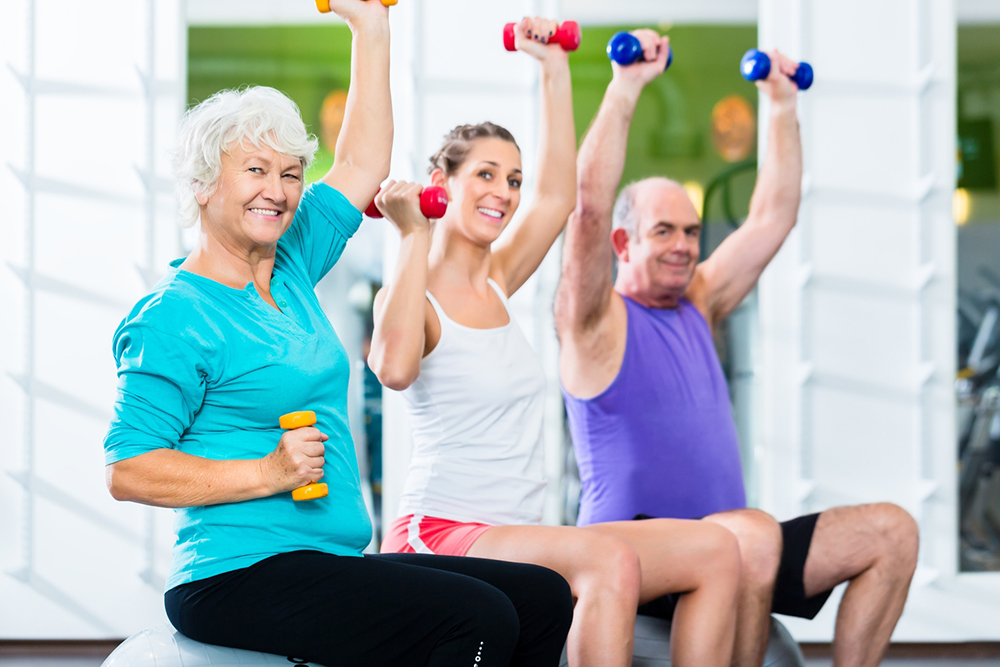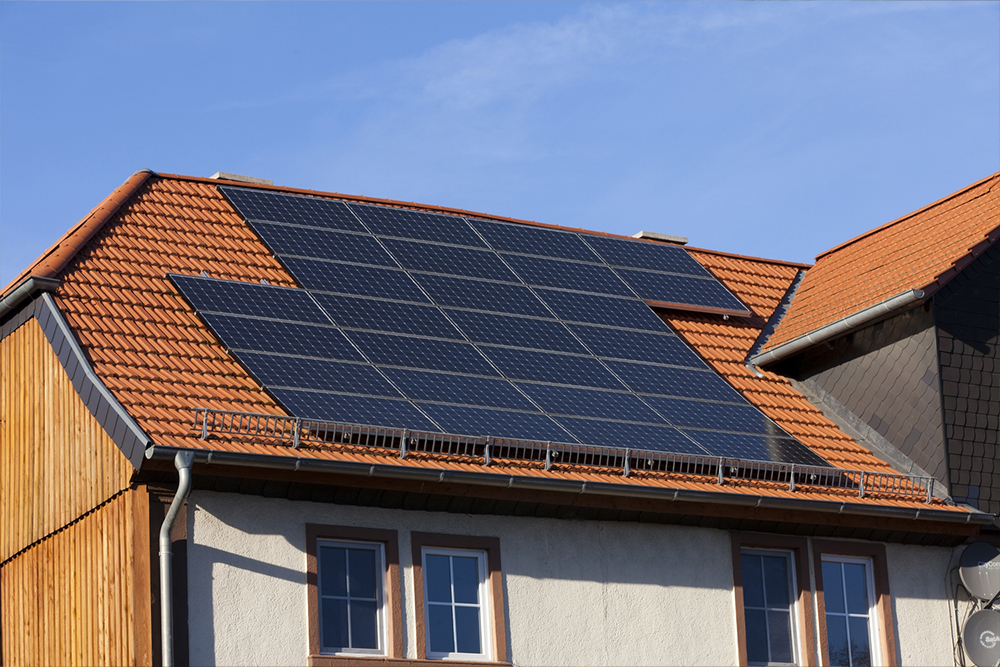How Walking Helps Increase Bone Density
Updated on May 3, 2024 / 4 min read

Maintaining healthy bones is essential for overall well-being. After all, the bones not only provide structure to the body but also support basic functions and protect the organs. If not properly cared for, the bones can begin to lose their density, leading to severe health complications like osteoporosis. Exercise is a proven method for preserving bone health, with even simple activities like walking being effective. Engaging in variations of walking can also provide positive results.
Importance of increasing bone density
The human bones constantly undergo a natural process called remodeling, wherein old bone tissues are broken down and replaced with new bone tissues. During its growing years, the human body creates more bone than it loses. That said, as one ages, the body can fall behind in this remodeling process, which means one can begin losing more bone, leading to a loss in bone density. If this process is prolonged and left undiagnosed, the loss of bone density can eventually result in conditions like osteoporosis. In this condition, the bone becomes weak and brittle, making it susceptible to fractures from even minimal stress.
To prevent the onset of the condition, it is important for one to maintain bone density and overall bone health. Among the different lifestyle changes that one can incorporate, one of the most effective methods is to focus on a nourishing meal regime rich in calcium and vitamin D foods. Additionally, following a regular physical exercise routine is equally important. Exercise has not only shown a significantly lower rate of bone loss but has also contributed to the building of stronger bones.
Weight-bearing exercises for bone health
These exercises involve standing on the feet, where the bones and muscles work against gravity, eventually strengthening them. Some of the most intense weight-bearing exercises include strength training and aerobics, but they can be challenging to perform regularly because they often require guidance and specific equipment. So, an accessible and simple weight-bearing exercise that individuals can incorporate into their routine is walking, which can be easily done anywhere at any time.
Walking to increase bone density
Regular walking is an excellent weight-bearing exercise that places a gentle but beneficial stress on the bones in the legs and feet. This stress encourages the bones to become denser and stronger over time.
For instance, a 1994 study compared two groups of women: one group walked less than a mile a week, and the other group walked over 7.5 miles in a week. In the study, it was found that women in the second group had a higher average bone density than the women in the first group.
Experts recommend walking for at least 30 minutes five times a week to effectively increase bone density. This recommendation serves as a minimum threshold, and individuals with the physical capacity can should increase their walking time to see even better results. Additionally, incorporating a few simple variations into the walking routine can further aid in strengthening the bones and enhancing overall fitness.
Variations to try with walking
Brisk walking
While simple walking can be effective in helping bone health, brisk walking has been found to provide even better results. Brisk walking involves walking at a faster pace of about 100 steps per minute. If engaging in this fast-paced exercise is challenging, starting at a slower pace or breaking it into short, periodic sessions throughout the day can be helpful while reaping its benefits. For instance, instead of one 30-minute brisk walking session, one can opt to try three 10-minute sessions spread out during the day.
Walking up a slope or hill
Incorporating walking up slopes or a hill into the routine can add some variety to the walking workout. If one comes across slopes around their location, consider walking up the slope to give the bones an extra push and make them even stronger. Make two or three climbs in the initial stage and descend comfortably. If one cannot find a slope, try looking for a school stadium or a building with other doorsteps to complete the routine. A treadmill in the gym can also get the job done. One can even go on a hike and try walking up a hill every once in a while to provide similar results to the bones.
Walking backward or sideways
Despite its unconventional nature, walking backward or sideways has quite a few benefits. Studies have shown that these high-impact activities can enhance bone density. But one must ensure that they only try this activity in a safe environment, such as at home, with someone present to provide assistance and ensure safety. Take 30 seconds to walk sideways, backward, on the heels, and on the balls of the foot; repeat this process every three to five minutes for best results.











